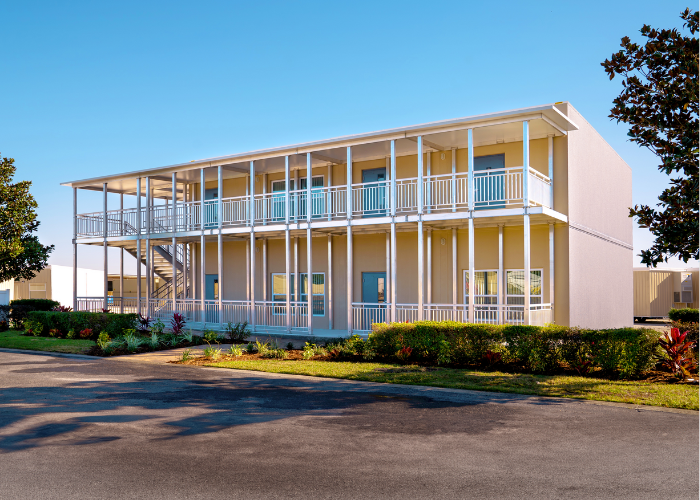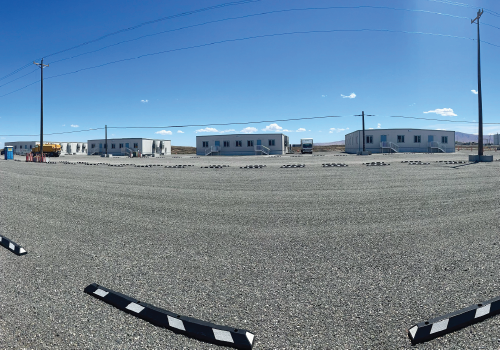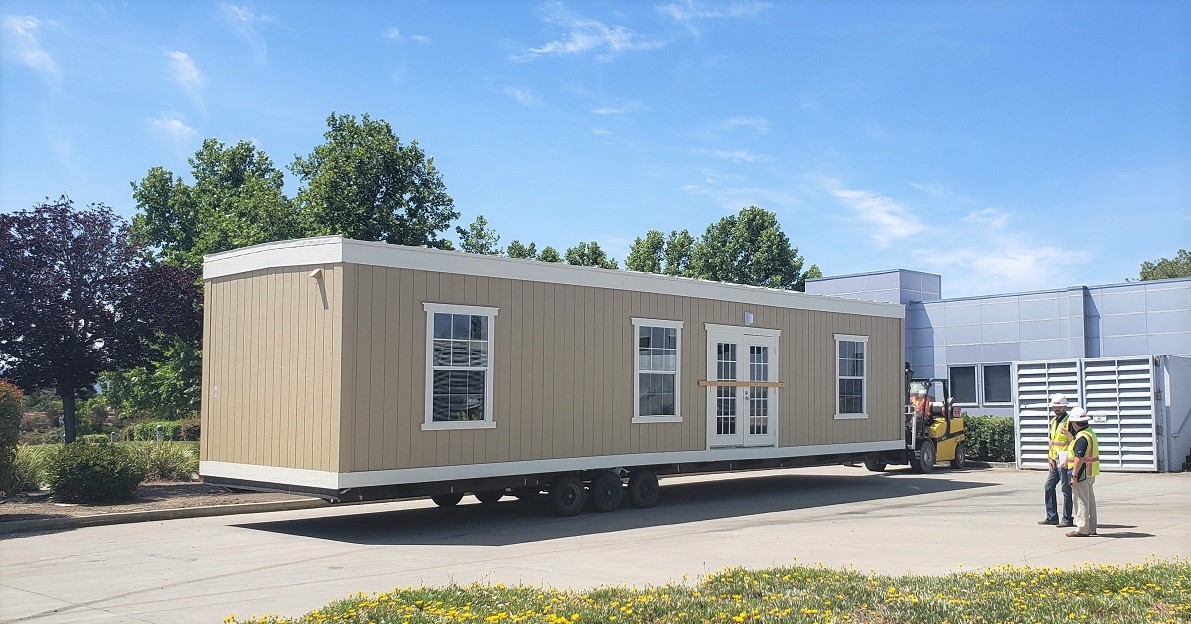What Lies Ahead For Modular Construction In 2023?
Global construction is expected to grow from $106.15 billion from 2017 to $157.19 billion in 2023, with the Compound Annual Growth Rate (CAGR) of around seven percent.
In the past, the United States and UK have been among the primary countries for the modular marketing industry, but now other countries and regions are catching up rapidly.
There are many reasons for this potential growth, such as the fact that modular construction offers a range of benefits over its traditional counterparts like saving cost and time, which attracts many consumers to this industry.
Growth potential and the current trend
Countries and regions
- The Asia-Pacific region, with the largest market share of 46.3 percent and a market value of $48.2 million had dominated the prefabricated construction market in 2016 with China being one of the leading markets. The growth of this sector through to 2018 has been consistent in this region with the key driving factors being:
- Increasing urban population
- Industrialization
- Rise in spending capacity
- Sustainable and eco-friendly construction
- Support from the government
Support from the government consists of a range of favorable policies to lower the down payment proportion for second house loans and exemption of sales tax for ordinary housing.
- The second largest region for the market in 2016 was North America with a market value of $28.7 million and a market share of 27.6 percent. The market in this region has seen a rise since then, and is expected to be on the same upward trajectory for 2018 and beyond. With the U.S. as the largest market in the region, the market is expected to be driven by sustained investments in commercial real estate, consumer preference for green buildings and increasing popularity of panelized and modular complexes.
- Europe is another prime market with projected growth at a CAGR of 4.9 percent, where the key driving factors are energy benefit and cost-saving construction, growing environmental concerns and rising upgradation of current infrastructure.
Materials and products
- Material-wise, concrete, which has been the primarily used material in modular construction for its strength and stability, has had the largest market share of 33.7 percent with a market value of $35.1 million. It is expected to grow at the highest CAGR of 7.19 percent during the next five years. Material usage patterns also saw a change in 2017 with steel accounting for a bigger chunk of the modular construction market than previous years.
- In regards to products, roofs and floors have accounted for the largest market share of 41 percent with a market value of $42.6 million in the past and have shown a projected growth of 6.69 percent during the forecast period.
- Application-wise residential has claimed the largest market share of 47 percent with a market value of $48.9 million and commercial has accounted for the second largest market valued at $38.5 million.
Besides favorable driving factors, an increasing number of leaders in various industries are taking on modular construction initiatives. Hospitality giants are expanding their modular reconstruction with about 13 percent of their new construction projects.
Reasons for the potential growth in the global modular construction market
- Faster construction time - Modular construction accelerates the construction process by up to 50 percent, enabling its completion several months ahead of time as compared to traditional methods. The ability to “open for business” months earlier can result in significantly more revenue and a head start on potential competitors.
- Skilled labor shortage - 82 percent of UK respondents in the Chartered Institute of Building (CIOB) Survey held in 2016 stated there was a shortage in skills across the construction industry. Offsite construction factories provide an answer to this over-dependence on the limited skilled labor pool of available workers. They offer an efficient work environment where different labor pools can take advantage of specialized tools and materials to deliver the building components.
- Ease of installation and relocation - One of the basic characteristics of the modular buildings is their flexibility regarding installation and relocation. It is quickly making them popular across the world. They can be expanded, relocated and re-purposed with ease resulting in saving significant costs.
- Work-Zone safety - With a consistent fatality rate over the years, safety proves to be a key challenge in the traditional construction industry. The threats in the conventional industry that are caused by the ‘fatal four’ are greatly reduced in the controlled factory settings of modular construction, leading to increased work-zone safety. Additionally, modular technology reduces the need for scaffolding or ladders, which eliminates the need to work in tight spaces and lessens the risk factor.
- Environmental impact - Modular construction generates 70 percent less material waste. The high reusability and quick construction factor makes modular buildings energy-efficient, and making use of sustainable materials further helps to reduce their carbon footprint.
- Less disruptive - Prefabricated buildings are primarily constructed in the factory and then assembled on-site. This drastically reduces the messy on-site construction with excavation, trucks and crews and proves less disruptive to the people in the area.
- Cost-effective - According to designforhomes.org, modular construction reduces the building cost by up to 10 percent. Besides the time saving and other benefits, it proves to be more budget-friendly, making it a preferred option.
Mobile Modular consistently provides customers with affordable modular buildings in multiple industries including construction, education, government and many more. Our staff can guide you through every step of the process to ensure a smooth, timely installation of your building. With so much growth and such a strong modular construction forecast around the world, the $157 billion projected market value by 2023 can be reached and even surpassed. To learn more about the industry or to be a part of the new revolution, contact us or request a quote.





